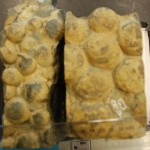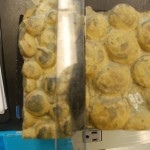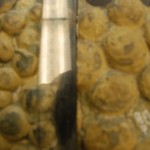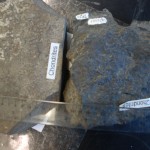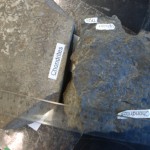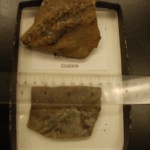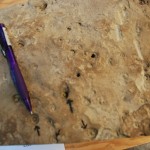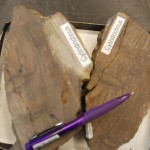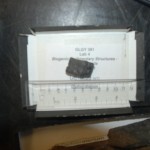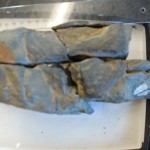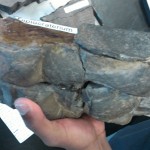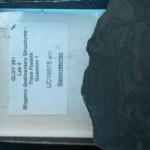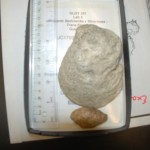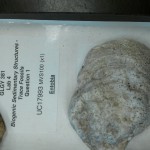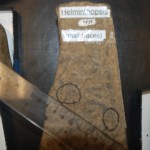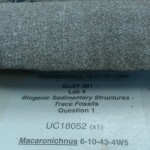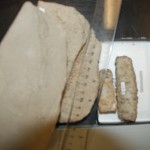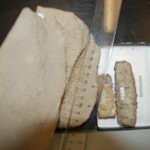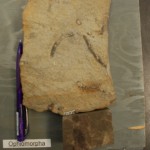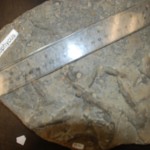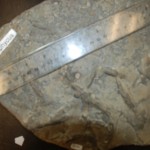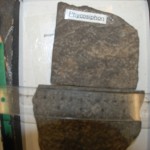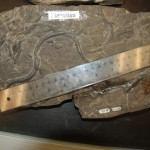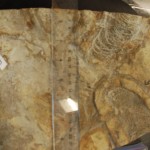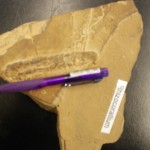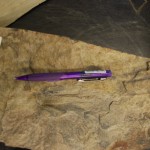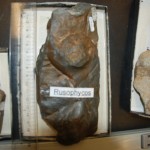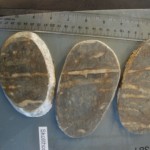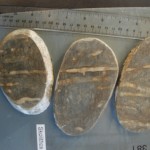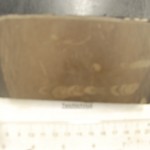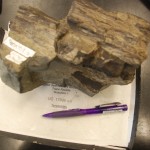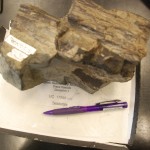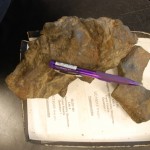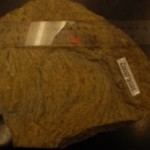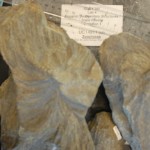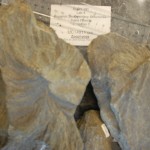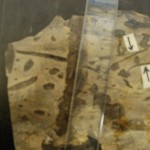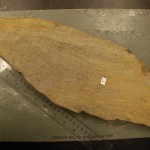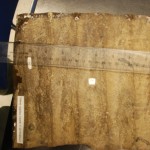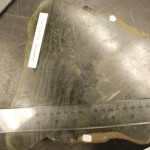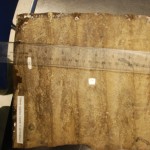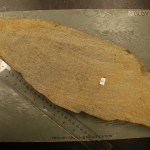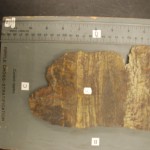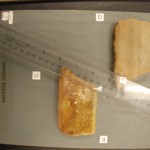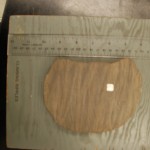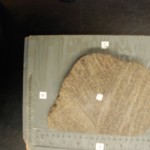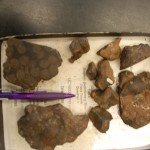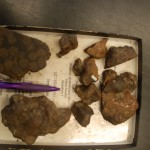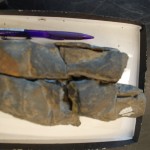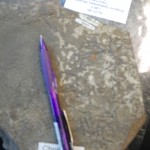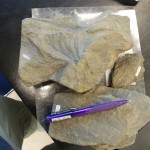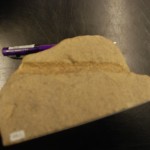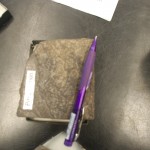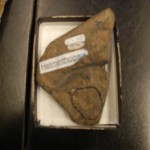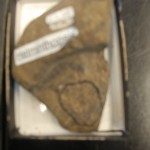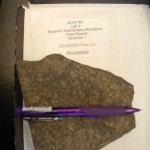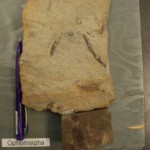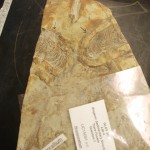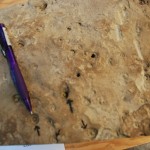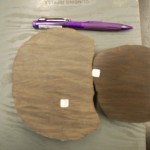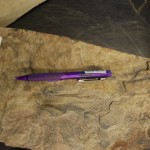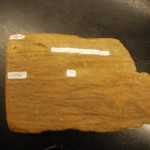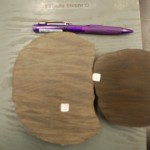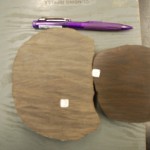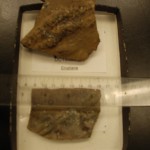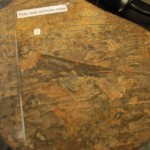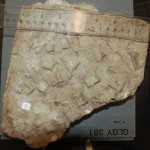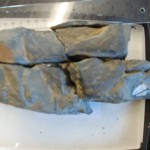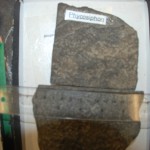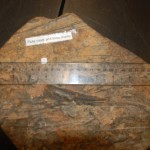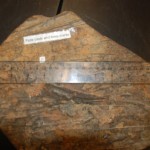Geology lab samples for Sedimentary Rocks and Processes: Origin, identification, classification and interpretation of sediments, siliciclastic, carbonate and evaporite rocks. Study of sediment/rock components (minerals), fossils and textures in hand sample and thin section; sedimentary structures and processes; introduction to depositional environments; burial, lithification and diagenesis; applications, including introduction to basin analysis/tectonics, exploration for water and petroleum resources, etc.
Tag Archives: academic
Samples for Lab Midterm GLGY381
Important!
Click on the image to view the larger original image. Special thanks goes to Jenna Sie, Geoscience, UofCWarning!
No guarantee on the accuracy of data. Please use the materials at your own discretion.Table: Trace fossils, toponomical, morphological and ethological data
Go to: C | D | E | H | M | O | P | R | S | T | Z | Entire Pic Gallery
Stratigraphic cross section at Exshaw, Alberta
Warning!
Disclaimer: Information is provided as an example of field geology data and it is NOT intended to use as a reference material. Please use the materials at your own discretion.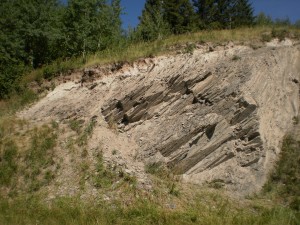
Location: 11 U 0627438 E / 5658531 N (UTM-WGS-84 with ~4m accuracy)
Total thickness: 205.57 m
Average strike and dip: about ~ 150/50 (using the University of Calgary right-hand rule)
Notice: Data is based on Continue reading Stratigraphic cross section at Exshaw, Alberta
Review paper for Academic English
This is the final paper for Academic English Science 311: Write & Review Scientific Reports class at University of Calgary. This is for your references only and please do not copy my work and submit as your own. You can read my other paper for this class here.
by
Sanuja Senanayake
Dr. S1234567
Science 311
12-April-2012
[Word Count: 1879]
Is technology making you dumber?
Do you remember writing a letter on a piece of paper to a friend during the last few weeks? How about texting or calling that friend during the last few hours? What is the last time you used spell check on a typing software like MS Word? What is the last time you pick up a printed encyclopedia to find information for a school/work paper? Forget about going to the library and picking up the Encyclopedia Britannica because after 200+ years of printing the book in March 2012, the publishers decided they will only issue electronic/digital editions of Britannica. It is an advantage that items like Encyclopedia Britannica is now electronic. If you were to find a single article in the encyclopedia of full of thousands of articles, it will consume a lot of time to find the right one. With the electronic version you have the advantage to quickly search the item and dig into even more refined articles you didn’t even know about. The software version of Britannica will not only find all the related articles in a second, it will even create a map of according to relevance to the searched topic. But this is not the scenario for all the items available electronically. This paper will specifically address the issue of distractions related to technological tools. Continue reading Is technology making you dumber?

